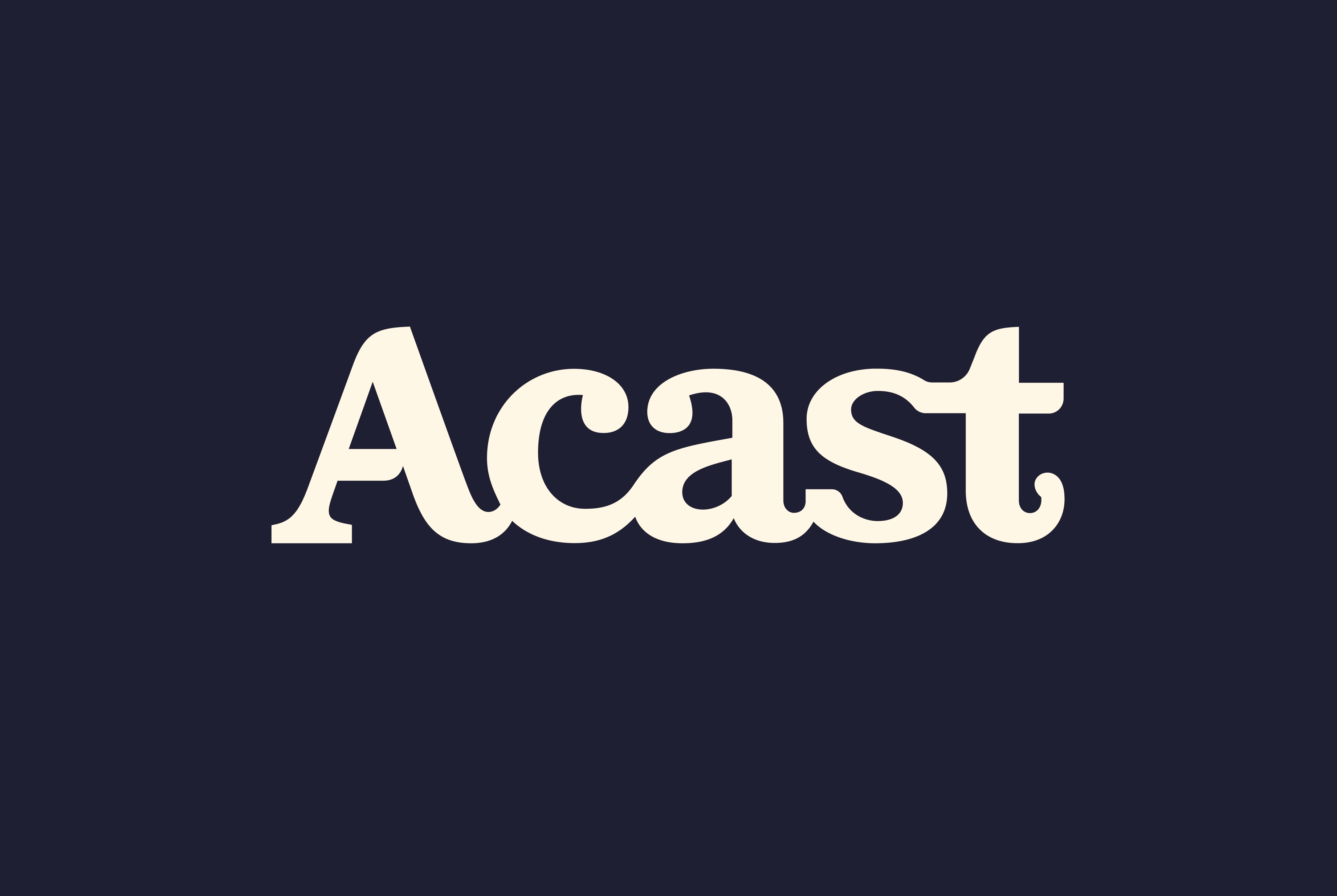Veritonic and Acast join forces

Audio analytics platform Veritonic has partnered with independent podcast company Acast to bring new data to market around the commonalities – and divergence – of audio creative on podcast ads served programmatically.
As well as identifying these global overlaps and points of difference, the goal of the research was also to help media buyers identify strong tactics and best practices in programmatic podcast advertising across three key media markets: the US, Australia and New Zealand, Europe, Africa and the Middle East (EMEA).
Together, the companies sourced and analysed podcast ads transacted programmatically with Acast and spanning various industry verticals including: automotive, tourism, retail, healthcare and entertainment.
They then identified the common threads and differences in the creative executions by region by examining themes like ad length, number of voiceovers, gender of voiceover, use of sound effects, call to action placements, and more.
“As an industry there is still a lot of myth-busting to do around programmatic ad buying. At Acast, we firmly believe that programmatic advertising should not be a rigid experience for the media buyer, podcast host, and certainly not the listener,” says Elli Dimitroulakos, Global Head of Ad Innovation at Acast.
Acast Managing Director for Australia & New Zealand, Henrik Isaksson says “Acast has pioneered automated buying in podcasting for a long time and it’s an area of our business in Australia that is growing very fast.”
When it came to gender detection in voiceover content, dissimilarities across the markets presented themselves. In the US, half of ads analysed featured a female voiceover, 47% of ads featured a male voiceover, and the remaining 3% featuring both male and female voiceovers.
Looking at ads that ran in Australia and New Zealand, 53% of the creatives featured a female voiceover, but just 27% a male voice, and 20% contained both a female and a male voiceover.
In near equal numbers, the three regions all used sound effects in slightly less than the majority of programmatic ads, indicating that this may be a newly emerging trend in the space.
According to the study, sound effects including birds chirping, phones ringing, engines revving, and more were used in 40% of programmatic ads from the US, 38% from Australia and New Zealand, and 33% in EMEA.
“Hope is not a strategy; it’s no longer enough for a brand to create an audio asset and simply hope it’ll move the needle,” says Scott Simonelli, CEO of Veritonic.
“Having confidence that your marketing efforts and investments will pay off is crucial, especially in today’s economy.”



How’s SCA’s exclusive partnership with Veritonic going? ¯\_(ツ)_/¯